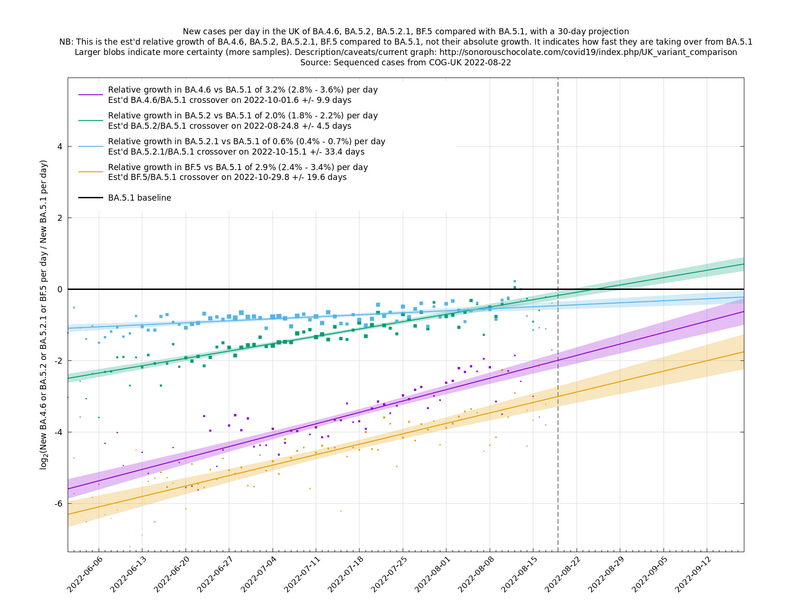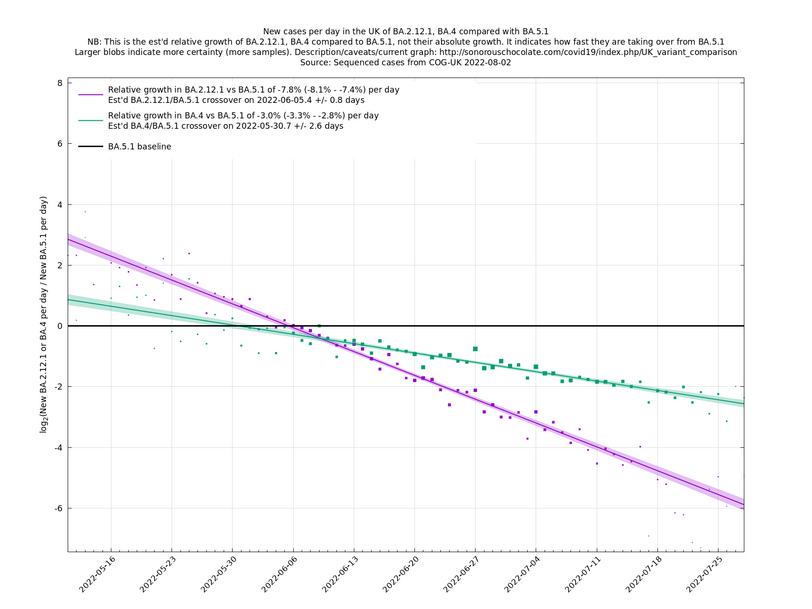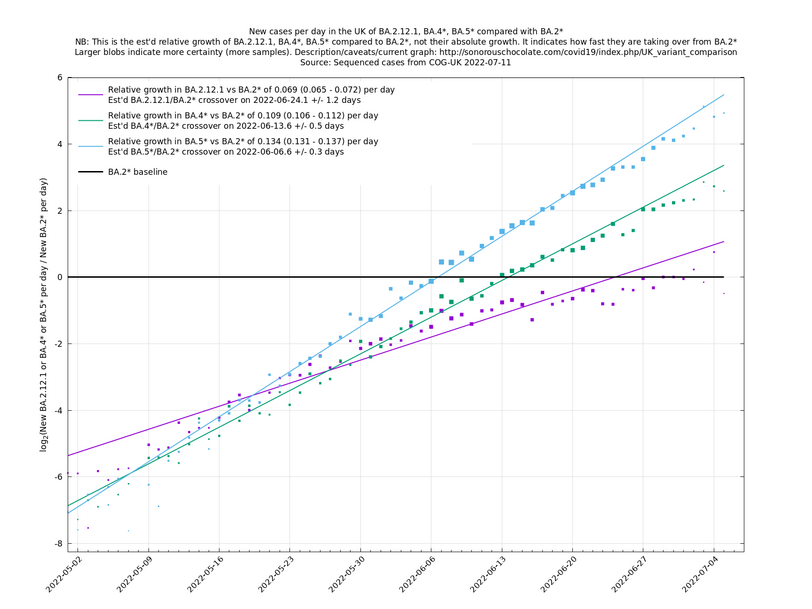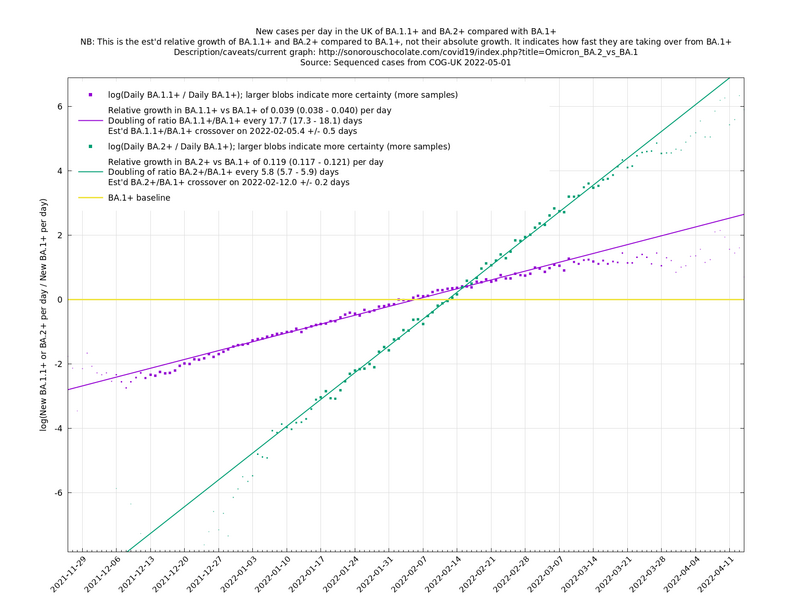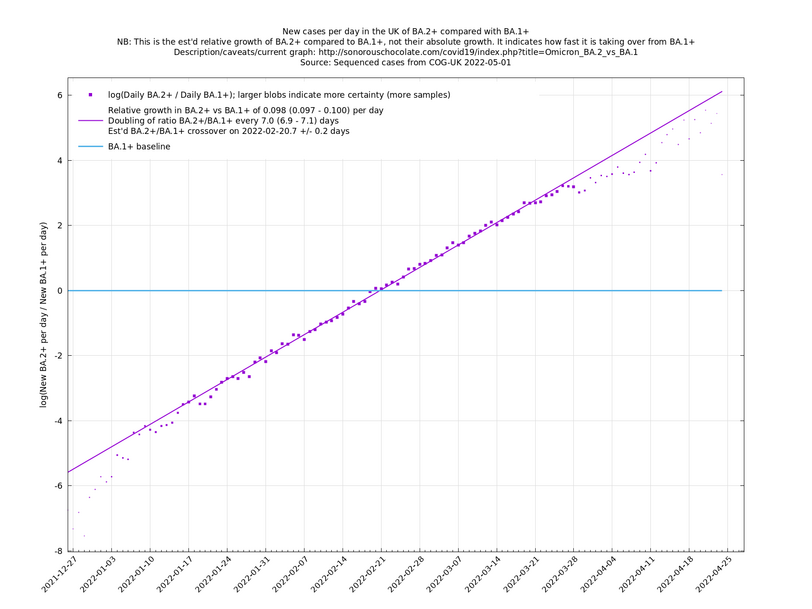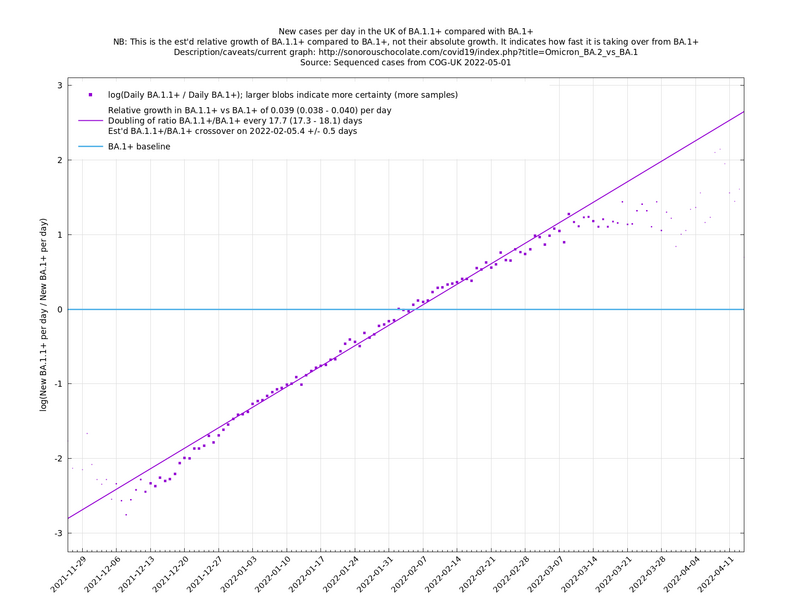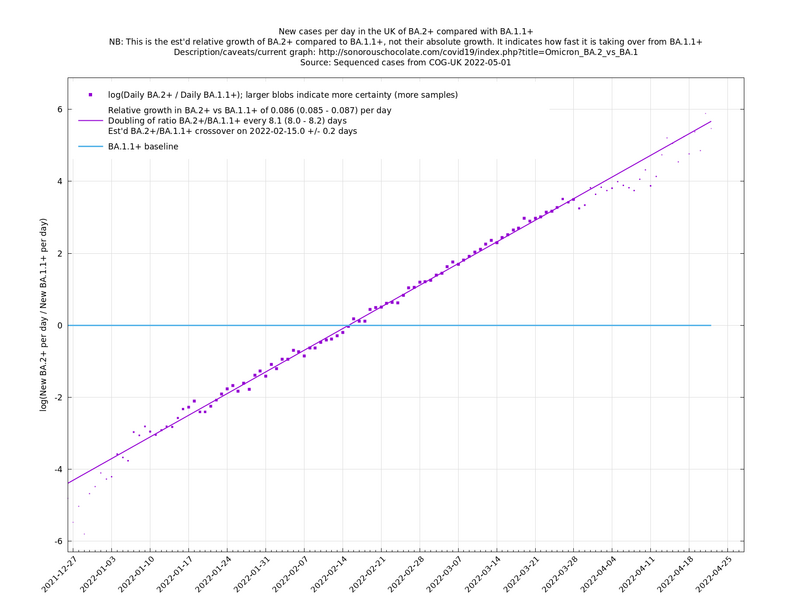Difference between revisions of "UK variant comparison"
| Line 26: | Line 26: | ||
= Graphs below featuring extinct or disappearing lineages are no longer updated = | = Graphs below featuring extinct or disappearing lineages are no longer updated = | ||
| − | [http://sonorouschocolate.com/covid19/extdata/UK_BA.5.1_BA.2.12.1_BA.4.png <img src="http://sonorouschocolate.com/covid19/extdata/UK_BA.5.1_BA.2.12.1_BA.4.small.png">] | + | [http://sonorouschocolate.com/covid19/extdata/UK_BA.5.1_BA.2.12.1_BA.4.png <img src="http://sonorouschocolate.com/covid19/extdata/UK_BA.5.1_BA.2.12.1_BA.4.small.png">] [http://sonorouschocolate.com/covid19/extdata/UK_BA.2*_BA.2.12.1_BA.4*_BA.5*.png <img src="http://sonorouschocolate.com/covid19/extdata/UK_BA.2*_BA.2.12.1_BA.4*_BA.5*.small.png">] |
| − | |||
| − | [http://sonorouschocolate.com/covid19/extdata/UK_BA.2*_BA.2.12.1_BA.4*_BA.5*.png <img src="http://sonorouschocolate.com/covid19/extdata/UK_BA.2*_BA.2.12.1_BA.4*_BA.5*.small.png">] | ||
Revision as of 14:45, 6 August 2022
Self-updating graphs showing current situation
These graphs should auto-update every day or two, according to when there is new sequence data from COG-UK. You may need to hit shift-reload or some such to defeat your browser's cache. More recent updates appear towards the top of this page.
These graphs compare one or more variants with another "baseline" variant. A y-co-ordinate of 0 corresponds to equal number of new cases per day of a variant compared to the baseline variant. The purpose of presenting it this way, with a particular chosen baseline variant, as opposed to several variants on an equal footing, is that it means we expect to get straight lines to some reasonable approximation.
Note that the growth estimates here rely on sequenced cases, of which there are currently about 2,000 per day, being representative of infections. This assumption may or may not hold, though it appears to work well in many cases. We often see a good linear fit over an extended period (say, several weeks) which arguably constitutes evidence in its favour, because many distortions you may think of, such as preferential sequencing of a particular variant for a limited time period, or different growth rates in different subpopulations, or different sets of susceptible populations, would often have the effect of knocking the relationship off being linear.
Program used for analysis: uk_var_comp.py.
Update 2022-08-02: Adjusted the collection of main UK variants to keep an eye on to be BA.4.6, BA.5.2, BA.5.2.1, BF.5 (=BA.5.2.1.5). The strongest growing of these looks like BA.4.6 and BF.5, though BA.5.2 has enough of a head start that it will make an impact sooner. None of these look like causing a new wave in August as their growth advantage over the current dominant BA.5.1 is relatively modest, and we still have a background of falling cases. However, these variants will slightly slow down the decline in new cases per day and may eventually contribute (in a small way) to a resurgence later this autumn, depending on future imponderables such as the degree of waning immunity in the population, the existence/uptake of an autumn vaccine campaign and the other new variants that may appear.
Update 2022-08-06: This is an estimate of the effect of the changing mixture of variants on the overall growth rate of new cases per day, projected forward 60 days. It shows the average growth rate of a variant (in percentage increase per day), weighted by the proportional prevalence of that variant. Note that (at the time of writing) the large majority of the expected increase has already happened, mainly as a consequence of the BA.4/5* variants taking over from the BA.2* variants. The forthcoming growth increase is predicted to be a relatively modest 1.2% over the next 60 days, because it takes a long time for the stronger variants BA.5.2, BA.4.6, BF.5, to increase their share of the mix, and some of their effect is already priced in. Note also that this only predicts the change in overall growth rate due to the change in variant mixture, and other effects (such as waning immunity) could be larger, but are outside the scope of this variant analysis. This projection requires that all significant variants are incorporated in the mix, so is valid only as long as we believe that a brand new variant won't have become a significant proportion of the mix, which seems a reasonable bet for 60 days but obviously isn't guaranteed. It also requires the relative log linear growth approximation (the thing that makes all the variant vs variant lines on this page roughly straight) to hold for 60 days.
Update 2022-08-02: adding a comparison of the BA.5* family with BA.2.75 (nicknamed "Centaurus") and the related BA.2.76, because there has been some concern that BA.2.75 may be a threat in some places in the world. However, BA.2.75 is not making any serious impact on cases in the UK now, nor does it seem likely to do so in the foreseeable. The top of the confidence interval for growth gives it a 4.0%/day advantage over the current mixture of BA.5 variants, but even at this rate it would take 5 months (9 doublings at log(2)/.04 days per doubling) to reach parity with BA.5*. Bearing in mind also that that is only relative growth, and BA.5* is declining at the moment, it looks like there is some safety margin for not worrying about BA.2.75 in the UK, even if these estimates turn out to be a bit off.

(The reason the best fit line is below almost all of the purple dots is that there are many days with no occurrences of BA.2.75 that would be below the best fit line, but these can't be shown on the log chart.)
Graphs below featuring extinct or disappearing lineages are no longer updated
(Note the y-scales below use natural logs.)
